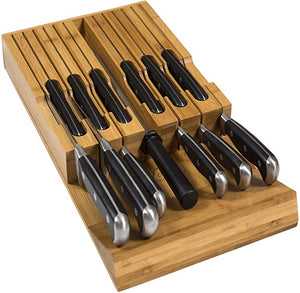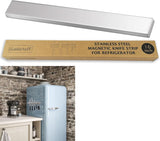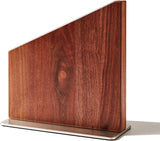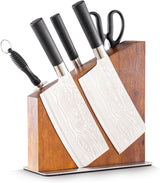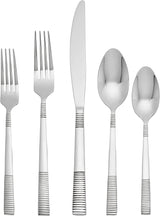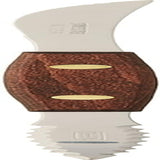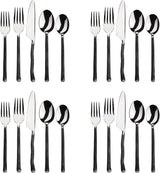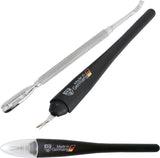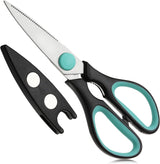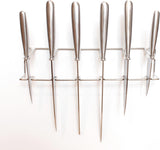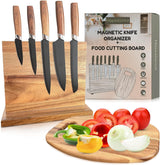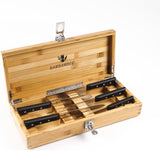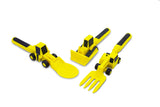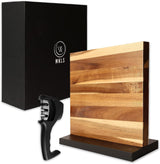For culinary professionals, keeping a knife sharp and shiny is crucial. Polishing a fixed blade knife serves more than just an aesthetic purpose; it directly influences the knife's functionality and efficiency in a busy kitchen. A well-polished knife slices through ingredients with ease, making food prep a smooth and enjoyable process.
To master polishing, you must first know the right tools and techniques. This not only extends the knifes lifespan but also enhances safety and precision during use. Let's delve into methods and tips that can rejuvenate a dull blade into a stunning tool in your cooking toolkit.

The Importance of Polishing for Culinary Experts
The polishing process involves more than just improving the visual look of a knife. In a professional kitchen, while a blade that gleams can impress customers and colleagues alike, the advantages are much broader. A polished knife minimizes friction, allowing chefs to work more swiftly and accurately. This boost in efficiency can significantly enhance not just the quality of dishes but also a chef's confidence and creativity at the prep station.
Additionally, regular polishing helps maintain the knife's edge integrity. This practice ensures that the knife not only looks good but also remains highly effective over time. Such diligent care illustrates the chef's dedication to craftsmanship and attention to detail, traits that distinguish a reputable kitchen professional.
Essential Tools for Polishing a Fixed Blade Knife
When preparing for polishing a fixed blade knife, it's vital to gather the appropriate tools. Heres what youll typically need:
1. Polishing Cloths
Cloths are indispensable for applying polish and buffing the blade. Microfiber cloths are especially recommended as they prevent scratches while delivering a brilliant finish.
2. Polishing Compound
This comes in various types, including pastes, creams, or sprays. It's crucial to select a compound specifically formulated for metal to achieve optimal results.
3. Motorized Buffer
For professionals eager to save time, a motorized buffer can greatly speed up the process while yielding fantastic results. It's a worthy investment for those who consistently polish their knives.
4. Sandpaper or Sharpening Stones
While not directly used for polishing, having an assortment of sandpaper grits or sharpening stones is beneficial for eliminating any minor imperfections before beginning the polish.
To learn more about different types of knives that can cater to your kitchen needs, check out this Damascus steel guide.
Step-by-Step Polishing Process
Once you've gathered your tools, it's time to start polishing:
Step 1: Clean the Knife
Start by thoroughly washing the blade with mild soap and water. Make sure to dry it completely before commencing the polishing process. A little acetone can also help eliminate any residual oils or protectants from previous uses.
Step 2: Apply the Polishing Compound
Using a clean cloth, take a small amount of polish and apply it to the blade, spreading it evenly. If using a motorized buffer, apply the compound directly to the wheel before you begin polishing.
Step 3: Buff the Blade
If you are using a motorized buffer, turn it on and gently guide the knife blade against the wheel. For manual polishers, circular motions with a cloth will work well to treat the blade. Maintaining a consistent angle is important to achieve an even polish.
Step 4: Final Inspection
After polishing, wipe away any leftover polish with a clean cloth. It's crucial to inspect the blade under good lighting to confirm a uniform polish and brilliant shine.
For further insights into the different types of knives and their care, you might find the information on Montana Knife Company's blog particularly informative.
Maintenance Tips for Lasting Shine
Polishing shouldn't be a one-time task but a vital component of your knife care routine. Here are some maintenance tips:
- Store your knives in a dry place to prevent corrosion.
- After cleaning and polishing, regularly apply a light protective oil coat to the blade.
- Be sure to sharpen regularly to keep the edge effective and precise.
For a deeper understanding of the legality and care of your knives, this guide provides great insights.
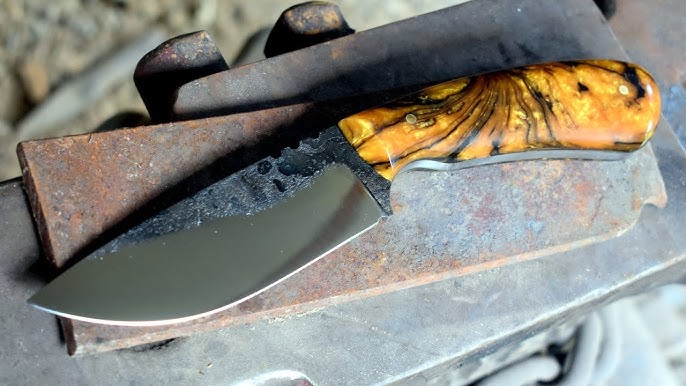
Frequently Asked Questions
How often should I polish my knife?
For professional chefs, polishing once a month is usually adequate. However, this frequency may vary based on how often the knife is used and the type of materials.
Is a motorized buffer necessary?
While not mandatory, motorized buffers can significantly enhance efficiency, especially for those dealing with multiple knives.
Can household cleaning products be used for polishing?
It's best to stick to products specifically designed for knife maintenance to avoid any potential damage and ensure optimal results.
Engaging in discussions about fixed blade and folding knives can also improve your understanding of their care (find a helpful discussion here).
This article contains affiliate links. We may earn a commission at no extra cost to you.
